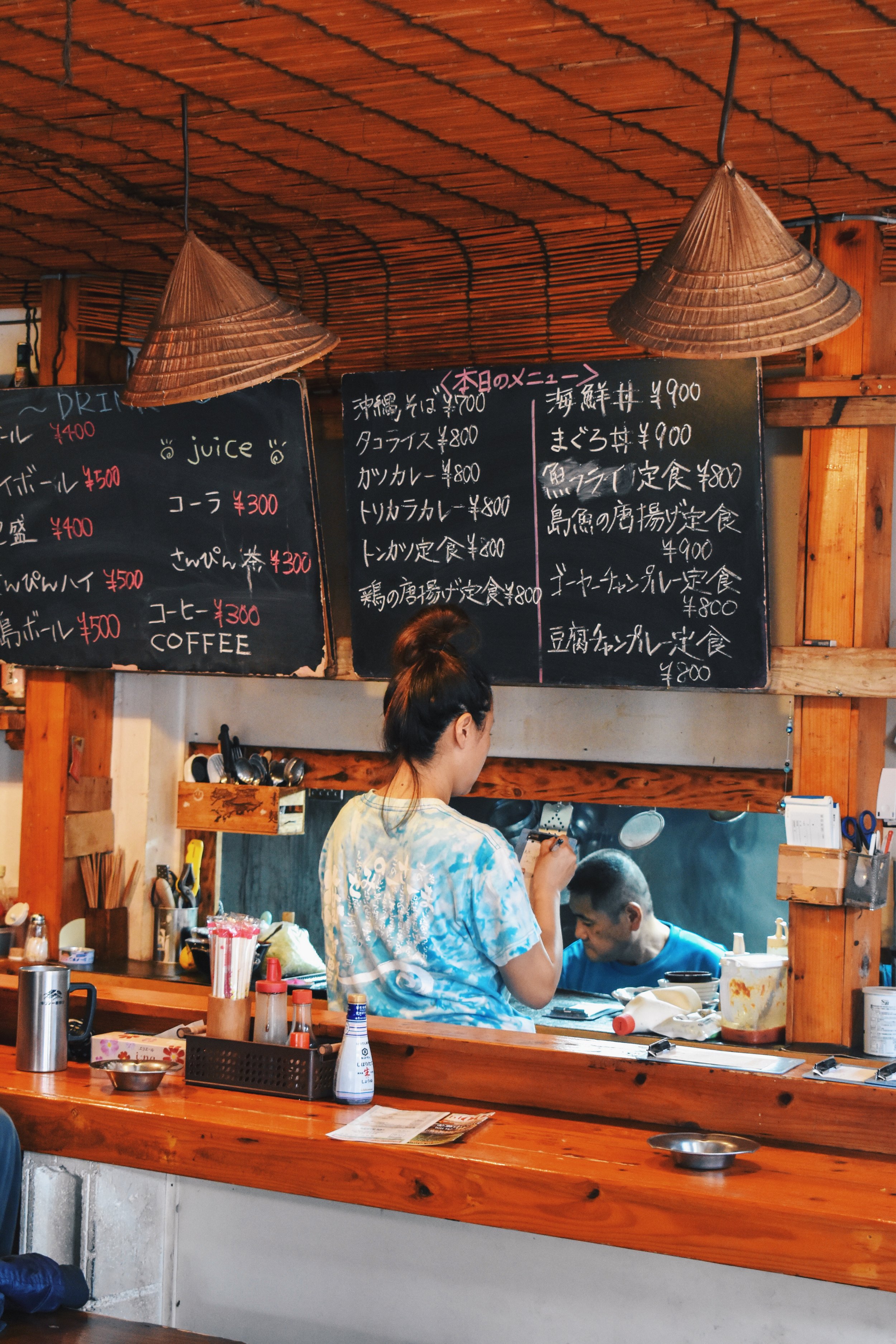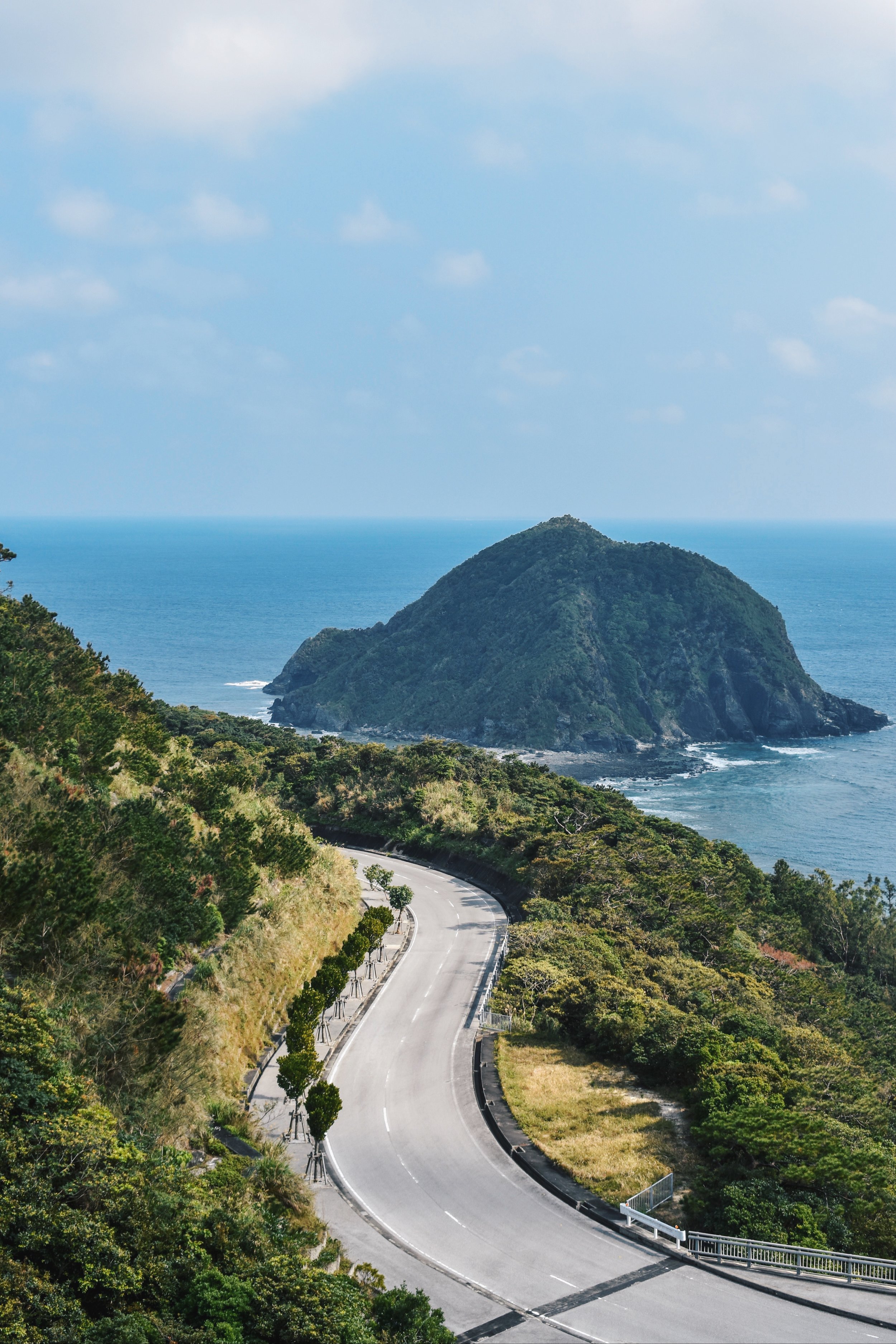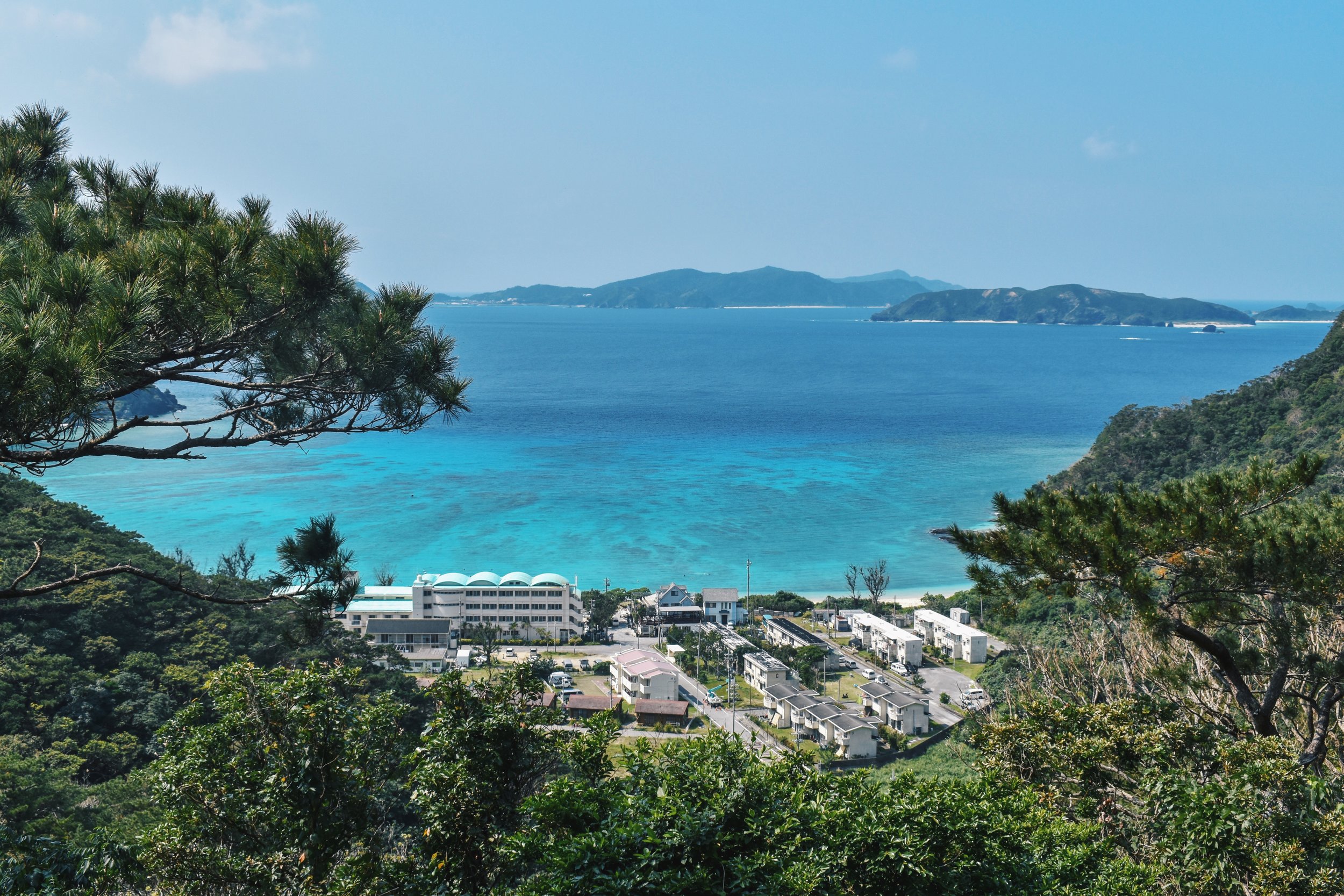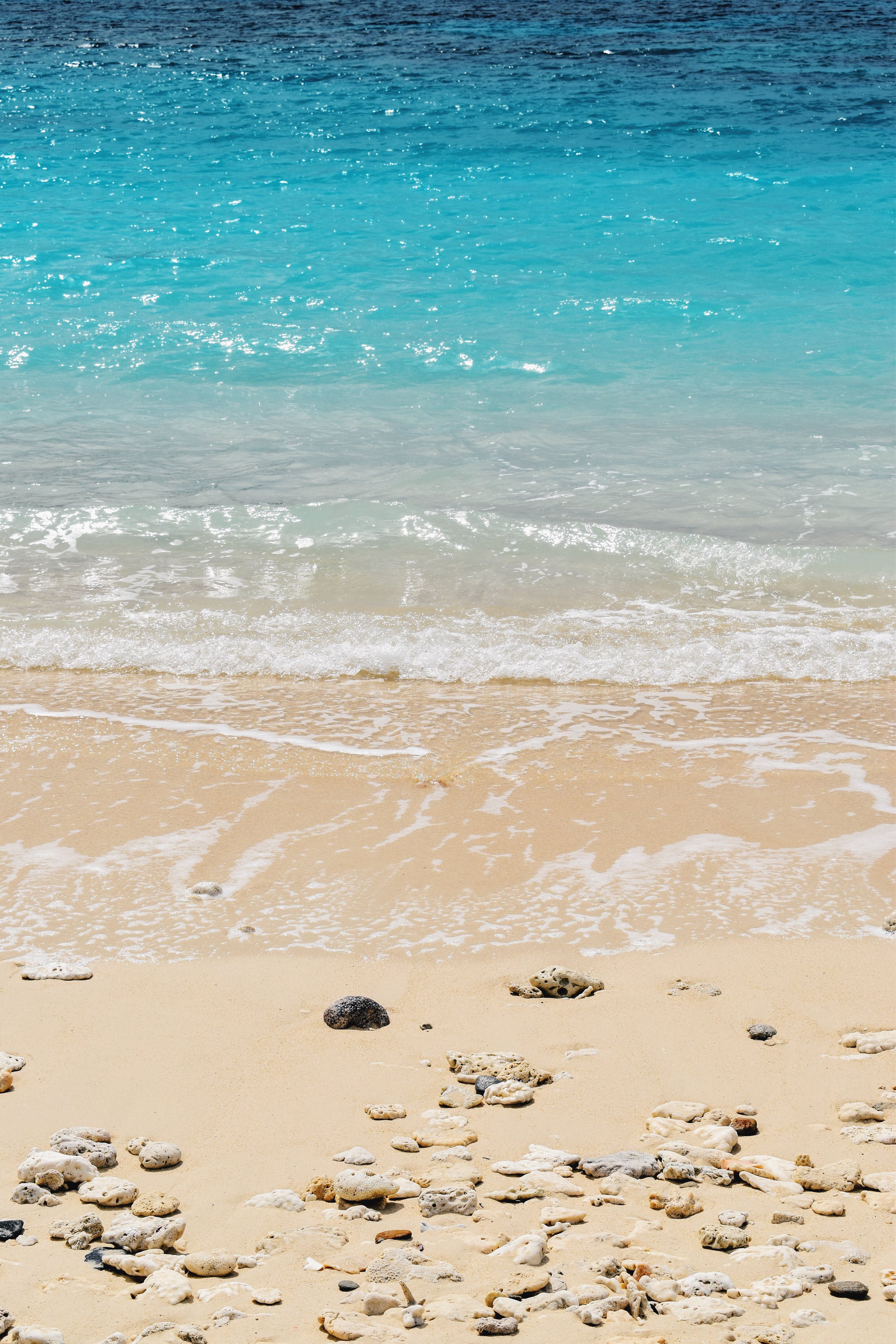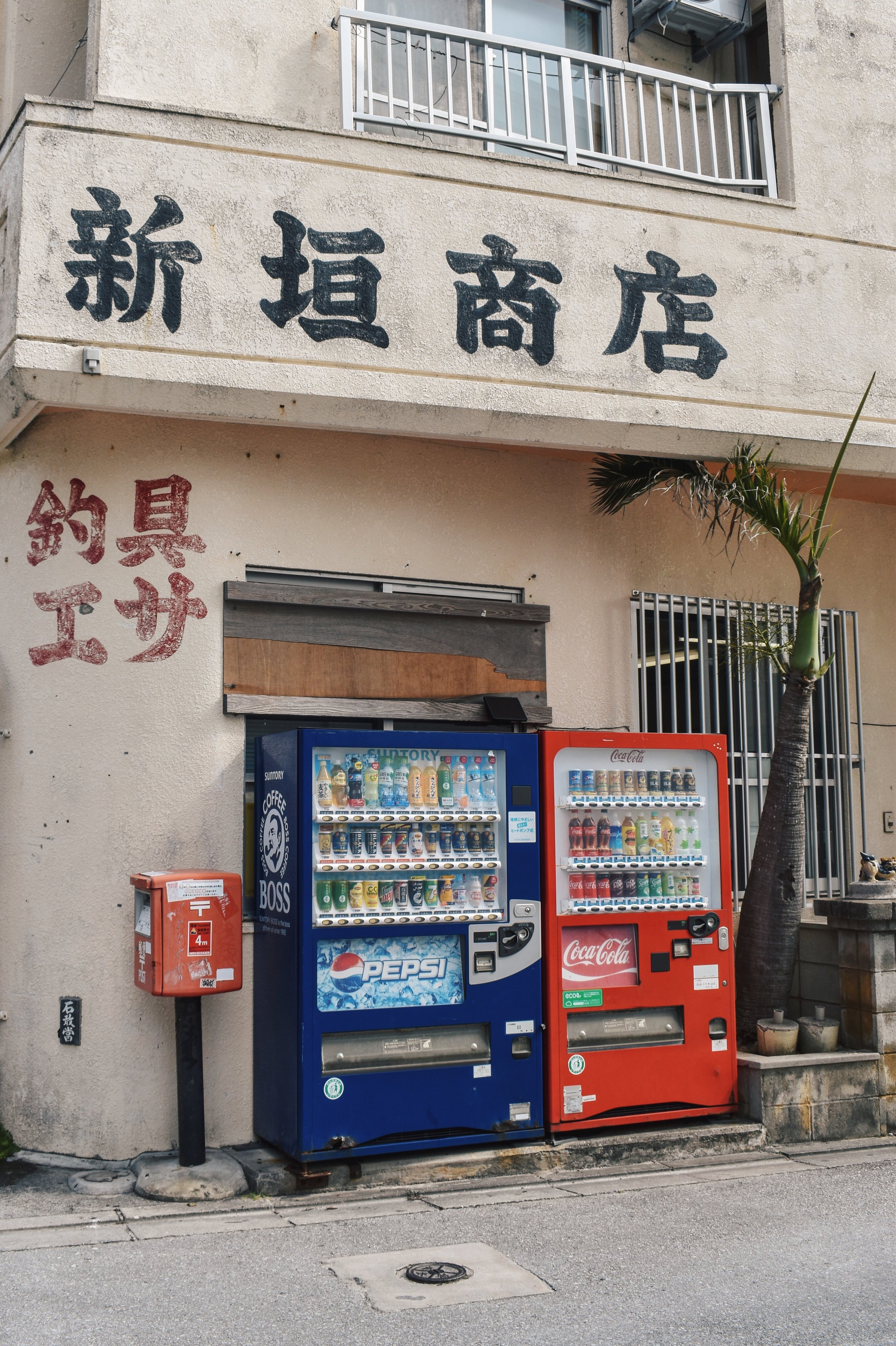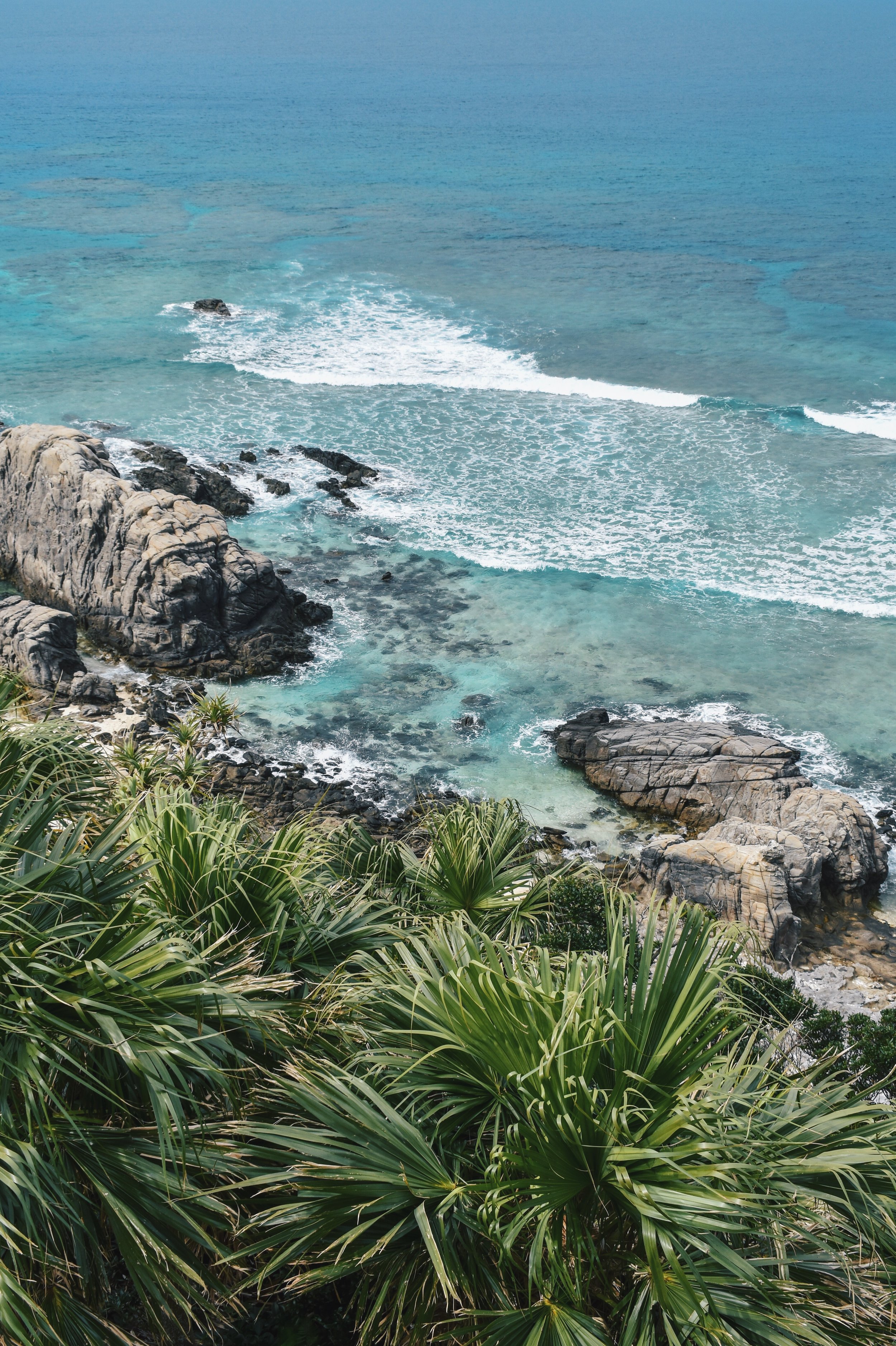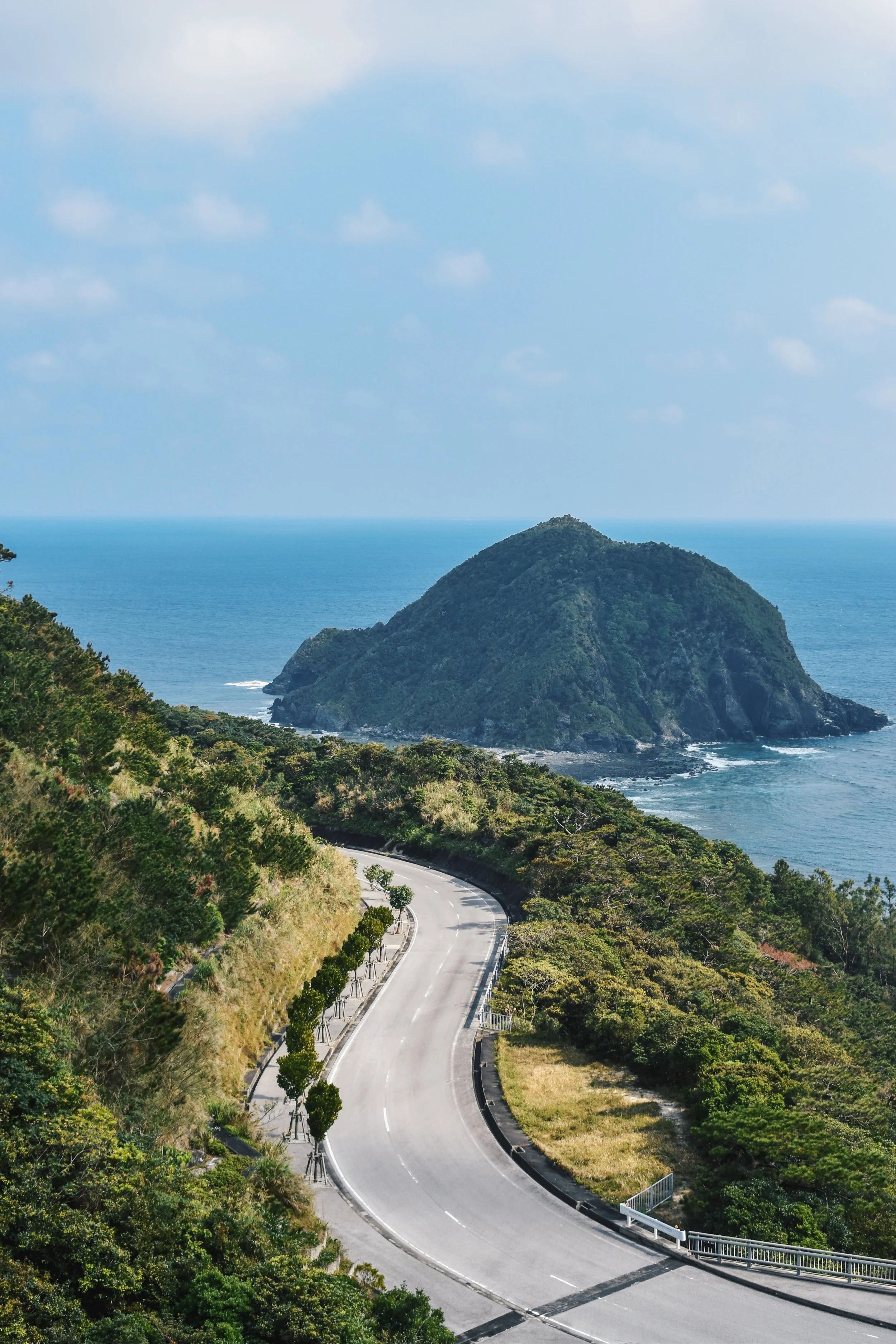A Day Trip from Okinawa on Tokashiki Island: Practical Information & What to See & Do

If the reason you came to Okinawa was for strips of powdery white sand and clear waters of shades of blue and turquoise, chances are, you won’t find that experience on Okinawa Island itself. Instead, paradise is here, in the Kerama Islands just a short ferry ride away from Naha, Okinawa’s capital city.
That’s not to say that Okinawa Island doesn’t have nice beaches, many are pleasant, but they’re not the best Okinawa has to offer.
Read: Essential Information to Know Before Visiting Okinawa
Read: What to See & Do in Okinawa’s Charming Capital City of Naha
Read: The Best Restaurants in Okinawa— Naha and Beyond
Read: What It Was Like Driving in Okinawa; A Guide to Tolls, Parking, Rules & Habits
Read: A Complete Self-Drive Week-Long Itinerary to Okinawa & The Best Places to Eat
Getting to Tokashiki Island from Naha / Okinawa Island
Tomari Port is the main port of entry to and from Okinawa Island.
You’ll have to take a taxi to the port if you do not have a car, and if you are, parking facilities are available.
It should be said however, that the ticket office for the fast ferry to Tokashiki Island is quite literally at the opposite end of the ferry terminal’s parking facilities.
Unfortunately, traffic getting into Naha was congested due to the morning rush hour jam, and I literally ran across the port to get tickets for the boat that was leaving in a matter of minutes.
To alleviate those worries, get to the port early and plan your route to accommodate traffic congestion, and the ferry liner recommends getting there almost 30 minutes in advance.
Just for visitors, Tokashiki Island has helpfully created a website where visitors can reserve ferry tickets in advance, up to 2 months ahead. You’ll only make payment on the day of at the counter, and your reservation will be let go to the next visitors waiting at the counter if you fail to claim them 15 minutes before departure.
Even in February, the later, slower ferry leaving Tomari Port at 10am was already full when I checked the night before, so definitely do book your tickets in advance. Though I should admit that I waited till the last minute to head to the island on a day of sunshine and blue skies for the best pictures and experience.
The fast boat leaves at 9am, and arrives at Tokashiki in a matter of 35 minutes.
You can find the ferry timetable on the official website above, with additional connections in the busy summer months.
Expect ferries to be full in the summer and during the Golden Week holidays in Japan in April.
A round trip adult fare costs ¥4740 (approx. S$58 / US$43 / €38) with an additional ¥100 (approx. S$1.20 / US$1 / €0.80) environmental tax levy on the Marine Liner (fast ferry). The slower ferry is about ¥1500 (approx. S$18 / US$13 / €12) cheaper for a round trip.
If you’re taking a bicycle, motorbike or car, you’ll have to pay additional money to do so, and we decided not to take our rental car on Okinawa Island on as a) you’ll need to reserve in advance and b) it is rather expensive and the ticket only includes the fare for one driver and not any other members of your party. They’ll have to pay the regular adult fare for a seat.
Getting Around Tokashiki Island
Public Bus:
Tokashiki is a small island, but the only public transport service available is a public bus that leaves from Tokashiki Port to Aharen Beach.
The public bus is timed accordingly to ferry departures, and you’ll see the driver holding up a sign that says so right when you get off.
There are two beaches on the island, Aharen Beach and Tokashiku Beach, but there is no public transport connection to the latter.
Rental car / scooter:
This is definitely the preferred way of getting around if you want to do more than laze at Aharen Beach.
At the port, you can head to a car rental office. We used a company by the name of Kariyushi and rented a small Daihatsu car for ¥4860 (approx. S$60 / US$44 / €39) with a cost breakdown of ¥4500 + 8% tax, followed by an additional amount charged for the amount of distance you drove in distance / petrol fees. This means you don’t have to top up the petrol tank yourself. We paid ¥1120 (approx. S$14 / US$10 / €9) for 36km travelled.
Bicycle:
While this is possible, it isn’t the best idea because Tokashiki Island is rather hilly, and unless you’re up for feeling like you’re in Tour de France, I’d imagine it’s a little challenging to try and cover that much ground on a bicycle through the terrain, especially on a day trip.
Hotel / resort shuttle:
If you’ve booked yourself accommodation for the night on the island, some places do offer a shuttle service from the port.
What to See
Aharen Beach
Ahren Beach is the main thoroughfare on the island, and besides the beach, you can enjoy lunch here at some of the humble eateries or shacks. There are also several diving / snorkelling shops around.
Walk down toward the end of the beach where a short climb up brings you to the Aharen Beach Observation Deck with stunning views of the beaches and coastline around.
This view was what made me want to head to Tokashiki Island in the first place, believe it or not.
Tokashiku Beach
Much quieter than Aharen Beach, Tokashiku is the sole other beach on the island.
It feels a bit more like a beach in a nature park than a beach town, though most visitors will tell you Aharen Beach is all you need and better than Tokashiku Beach. There aren’t many shops and eating shacks around here.
It was almost completely deserted when we went in late February though, and it really did feel like I stumbled on my own slice of personal paradise which was lovely.
Observatory Decks
Outside of the beaches, the only thing left to do is to drive around and hit all the observatory decks.
I used Google Maps for navigation which worked fine, but mind they’re all labelled in their Japanese names here.
Located further south from Aharen Beach, and as far as I’m aware, the furthest south I could get with a car anyway is the Awannozaki Observatory which boasts some great views. So does the the Azuma Observatory Deck further up north, which gives you views of the nearby island of Gishippu.
In the summer, you’ll be able to enjoy more water sports and activities by the beach, and you can use the rest of the Kerama Islands as your base for snorkelling and diving.
Kariyushi gave us a little map of places to visit, but truthfully there aren’t many traditional attractions around, though this made for a pleasant and relaxing drive, which is pretty much the whole point of Tokashiki Island.
